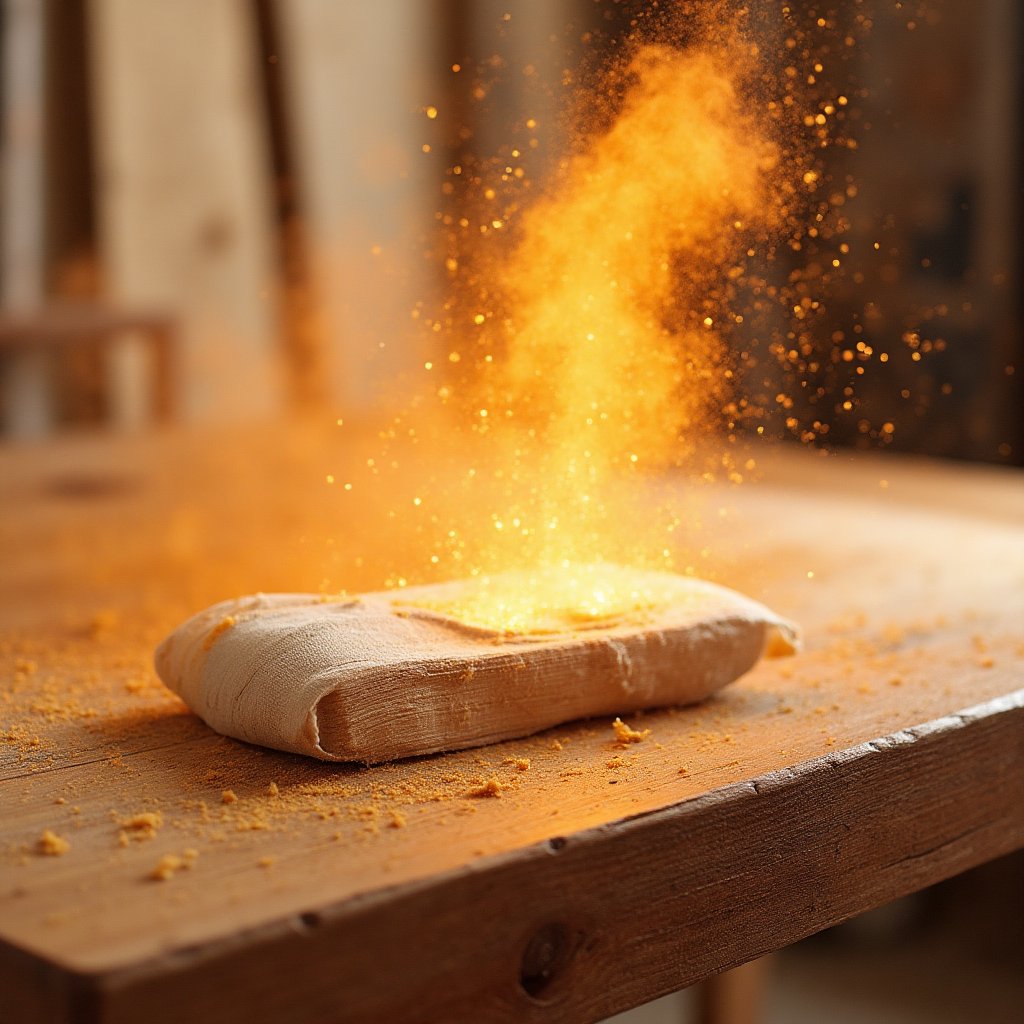So, you’re wondering, "Is it expensive to start woodworking?" The short answer is: it depends. Woodworking can be as budget-friendly or as luxurious as you make it. The beauty of this craft is that it’s scalable. You can start with a few basic tools and build your way up to a full-fledged workshop fit for a master carpenter. But let’s break it down and give you the full picture—because, let’s face it, you want to know exactly what you’re getting into.
Why Woodworking? The Allure of the Craft
Woodworking isn’t just about creating furniture or carving decor; it’s about freedom. Freedom to create, freedom to express, and freedom to turn raw materials into something beautiful. It’s a craft that connects you to generations of makers who’ve shaped the world around them. But before you dive in, let’s talk about the elephant in the room: cost.
The Initial Investment: Tools and Equipment
Here’s the deal: woodworking requires tools. But do you need to drop thousands of dollars on day one? Absolutely not. Let’s start with the essentials:
- Measuring Tools ($20-$50): A good tape measure and a combination square are non-negotiable. Accuracy is key in woodworking.
- Hand Tools ($50-$150): Start with a hammer, chisels, and a hand saw. These are the backbone of any woodworking project.
- Power Tools ($200-$500): A circular saw, drill, and sander are your first power tools. They’ll save you time and effort.
- Workbench ($100-$300): You need a sturdy surface to work on. If you’re handy, you can even build your own.
Already thinking, "That adds up fast!"? It can, but here’s the good news: you don’t need everything at once. Start small, build your skills, and invest in more advanced tools as you go. And don’t forget—secondhand tools can be a goldmine. Check out garage sales, thrift stores, or online marketplaces for deals.
Materials: The Heart of Your Projects
Now, let’s talk about the wood itself. The cost of materials varies wildly depending on what you’re making. Here’s a quick breakdown:
| Material | Cost (Approx.) |
|---|---|
| Pine (Softwood) | $1-$3 per board foot |
| Oak (Hardwood) | $4-$10 per board foot |
| Exotic Woods (e.g., Mahogany) | $10-$20+ per board foot |
Feeling overwhelmed? Take a deep breath. You don’t need to start with expensive hardwoods. Pine is affordable and versatile, perfect for beginners. And if you’re up for it, repurposing old furniture or pallets can save you a ton of money.
The Hidden Costs: Safety and Maintenance
Woodworking isn’t just about tools and materials. There are some hidden costs you need to consider:
- Safety Gear ($50-$100): Safety glasses, ear protection, and dust masks are essential. Your health isn’t negotiable.
- Maintenance ($20-$50/year): Keeping your tools sharp and in good condition will save you money in the long run.
- Workspace Setup (Varies): If you’s have lighting, storage, or even insulation.
These costs might seem small, but they add up. Still, think of it as an investment in your safety and success as a woodworker.
Is Woodworking Worth the Cost?
Now, let’s address the big question: is woodworking worth it? Absolutely. Here’s why:
- Creativity: Woodworking allows you to bring your ideas to life. There’s nothing quite like the satisfaction of making something with your own hands.
- Skill Development: Woodworking teaches problem-solving, patience, and precision. These skills translate to other areas of life.
- Community: The woodworking community is incredibly supportive. Whether online or in person, you’ll find people who share your passion.
And here’s the kicker: woodworking can actually save you money in the long run. Instead of buying expensive furniture, you can build your own. Plus, it’s a skill that can even turn into a side hustle or full-time career.
Practical Tips to Save Money
Still worried about the cost? Here are some practical tips to keep your expenses down:
- Start Small: Focus on beginner projects like shelves or simple tables. As you gain confidence, you can tackle more complex builds.
- Buy Used Tools: Check out online marketplaces or local classifieds for deals on tools and equipment.
- Use Affordable Materials: Start with pine or other softwoods before moving on to pricier hardwoods.
- Join a Community Workshop: Some cities have shared workshops where you can use tools for a small fee. It’s a great way to try before you buy.
Call to Action: Join the iNthacity Community
Woodworking is more than just a hobby—it’s a lifestyle. And if you’re ready to dive in, we’d love for you to join the iNthacity community. Become a permanent resident of the "Shining City on the Web" and connect with fellow woodworkers who share your passion. Like, share, and comment on this article to be part of the conversation.
And if you’re eager to get started, check out Ted's Woodworking Plans. This comprehensive guide offers step-by-step instructions for projects of all levels, making it the perfect resource for beginners and pros alike.
So, what are you waiting for? Woodworking is not just a craft—it’s a journey. And the first step is the most exciting one. Are you ready to pick up a saw and start building your dreams?
Wait! There's more...check out our gripping short story that continues the journey: The Shaper of Dreams
Disclaimer: This article may contain affiliate links. If you click on these links and make a purchase, we may receive a commission at no additional cost to you. Our recommendations and reviews are always independent and objective, aiming to provide you with the best information and resources.
Get Exclusive Stories, Photos, Art & Offers - Subscribe Today!

























Post Comment
You must be logged in to post a comment.